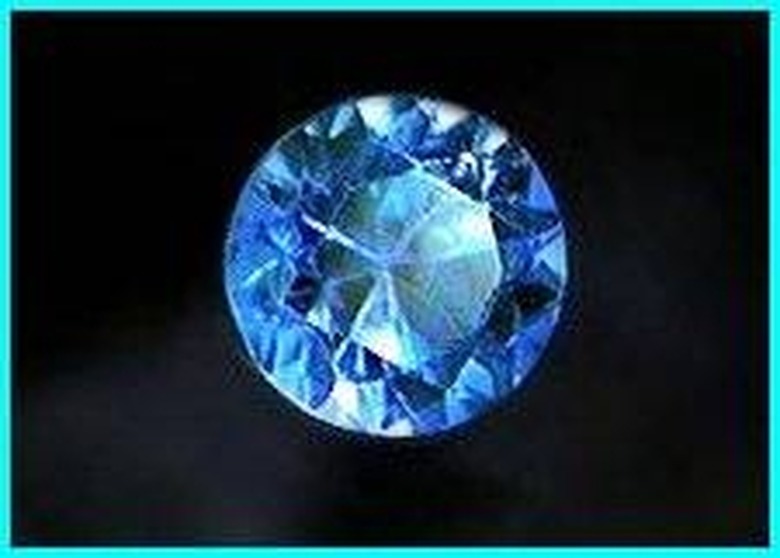Uses Of Silicates
Silicates are the most abundant class of minerals on Earth. Sand and quartz crystals are silicates, and silicon is its central part. Because of their unique properties, silicates have many cool technological uses.
Microchips
Microchips
Unique properties of silicates include the ability to conduct electricity, produce a high-frequency vibration and provide thermal insulation. Silicon is the central component of silicates. It is a very hard crystal that can be cut to minuscule sizes, and it conducts electricity. It is because of these characteristics that silicon is the perfect material to make microchips, which run every computer, cell phone and gaming device.
Microchips are silicon cut down to micro proportions with governing instructions imprinted on them through photographic processes. Silicon's ability to conduct electricity powers the microchip to operate. The governing instructions tell the computer how to operate similarly to how the human brain tells the body to operate.
Quartz Crystals
Quartz Crystals
Quartz crystals are another silicate with a unique ability to produce a rhythmic high-frequency vibration. For this reason, these crystals are used to make oscillators used in watches, radios and pressure gages. The crystal emits a rhythmic beat that when hooked up to an electronic source and movement piece can be logged, generally as a megahertz (MHz), which is 1 million cycles per second. In the instance of a clock, the crystal's rhythmic beat moves the second hand. Quartz crystals are also used in mysticism.
Glass
Glass
Silicates are also used to make glass and ceramics. To do so, hard, formless material like sand or ceramic clay is heated to high temperatures, turning it into malleable material that can be formed to make drinking glasses, for example, or when lead is added to the molten liquid–crystal glass.
Ceramics
Ceramics
Silicate ceramics have clearly defined thermal properties and, as such, are particularly useful for advanced engineering and technology. For example, silicate ceramic tiles are used on the space shuttle to shield it from the extreme temperatures of the outer atmosphere.
High and Low Technology
High and Low Technology
Silicates are the most abundant mineral class on Earth. In general, they are hard and cut easily to micro pieces, produce a rhythmic high-frequency vibration, and provide thermal insulation properties. These unique characteristics make them highly useful for myriad high- and low-tech products, from microchips to watches.
References
Cite This Article
MLA
, Diane Bacher. "Uses Of Silicates" sciencing.com, https://www.sciencing.com/uses-silicates-5313243/. 24 April 2017.
APA
, Diane Bacher. (2017, April 24). Uses Of Silicates. sciencing.com. Retrieved from https://www.sciencing.com/uses-silicates-5313243/
Chicago
, Diane Bacher. Uses Of Silicates last modified March 24, 2022. https://www.sciencing.com/uses-silicates-5313243/
